Brake rotors are essential components that help your vehicle come to a stop, and they require regular maintenance to ensure their longevity and performance. One question that often arises is whether can you spray brake cleaner on rotors if it’s safe.
The answer is not as straightforward as you might think. In this blog post, we will delve into the intricate details of brake cleaners, their purpose, and their effect on rotors. We will explore whether it’s safe to spray brake cleaner directly on your rotors or if potential risks and concerns are involved.
Additionally, we will provide valuable tips for maintaining and prolonging the life of your brake rotors so that you can keep your vehicle running smoothly and safely.
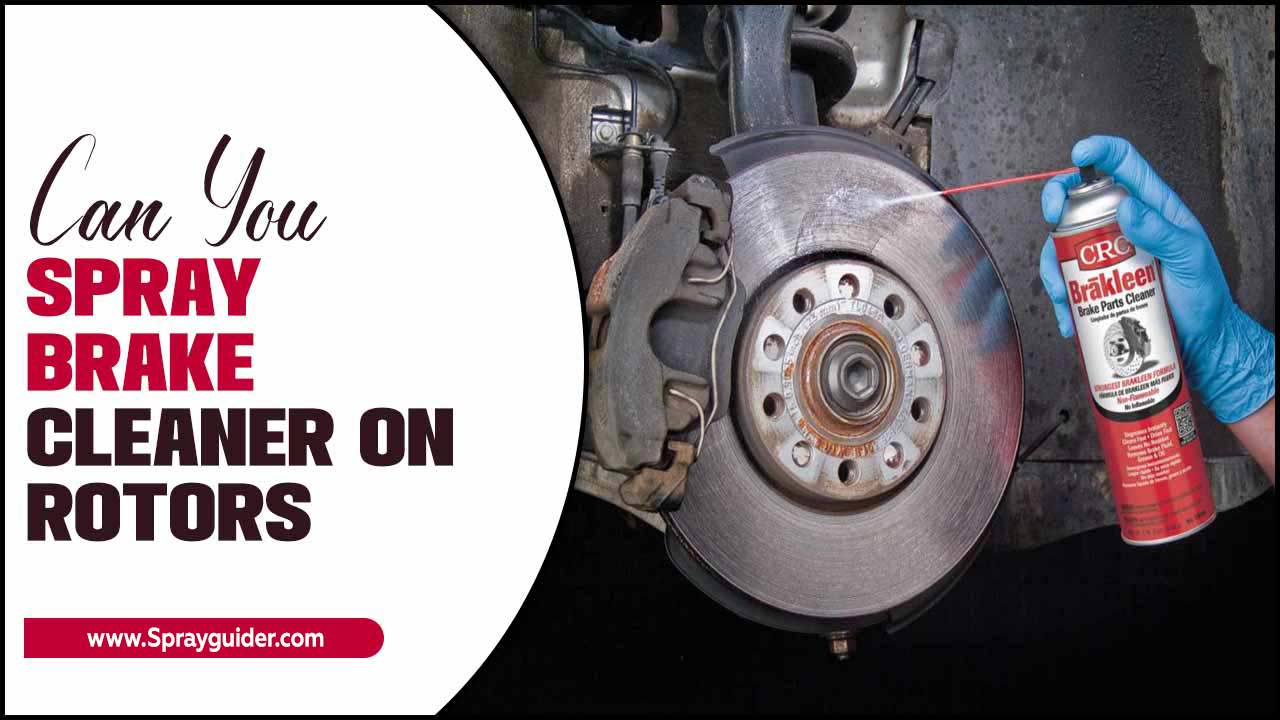
Can You Spray Brake Cleaner On Rotors? The Revealed Answer
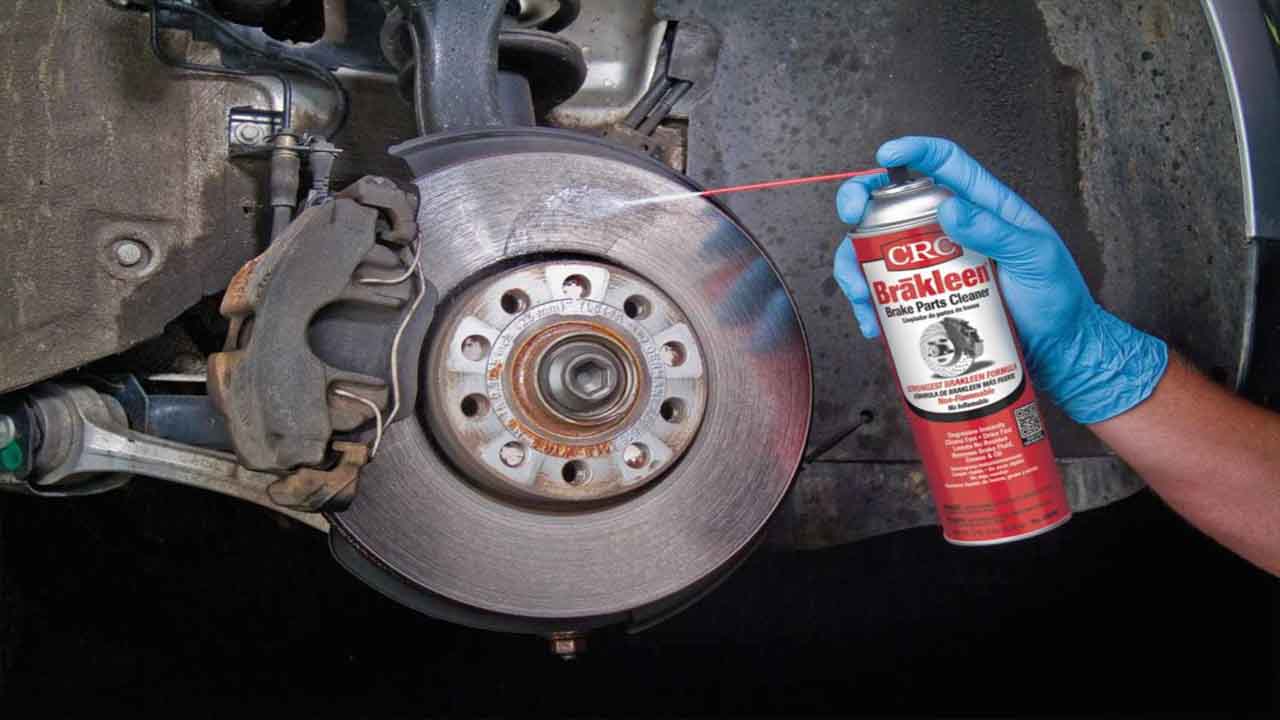
Here to know the answer can you spray brake cleaner on rotors? Yes, you can spray brake cleaner on rotors. Brake cleaner is designed to remove dirt, grease, and other contaminants from the braking system, including the rotors. It helps to ensure that the brakes are clean and functioning properly.
However, it is important to follow the instructions on the brake cleaner product and use it in a well-ventilated area. Also, avoid spraying brake cleaner directly onto rubber components or painted surfaces, as it may cause damage. So, if you need to clean your rotors, give them a good spray with brake cleaner for optimal performance.
What Is Brake Cleaner, And How Does It Work?
Brake cleaner is a solvent-based cleaning solution that effectively removes oil, grease, brake dust, and other contaminants from brake components. By breaking down and dissolving these substances, it allows for easy wiping or flushing.
Always use brake cleaner in a well-ventilated area, following the manufacturer’s instructions to ensure safe and proper use. Avoid spraying it on rubber components to prevent damage or deterioration.
The Purpose Of Brake Cleaner And Its Effect On Rotors
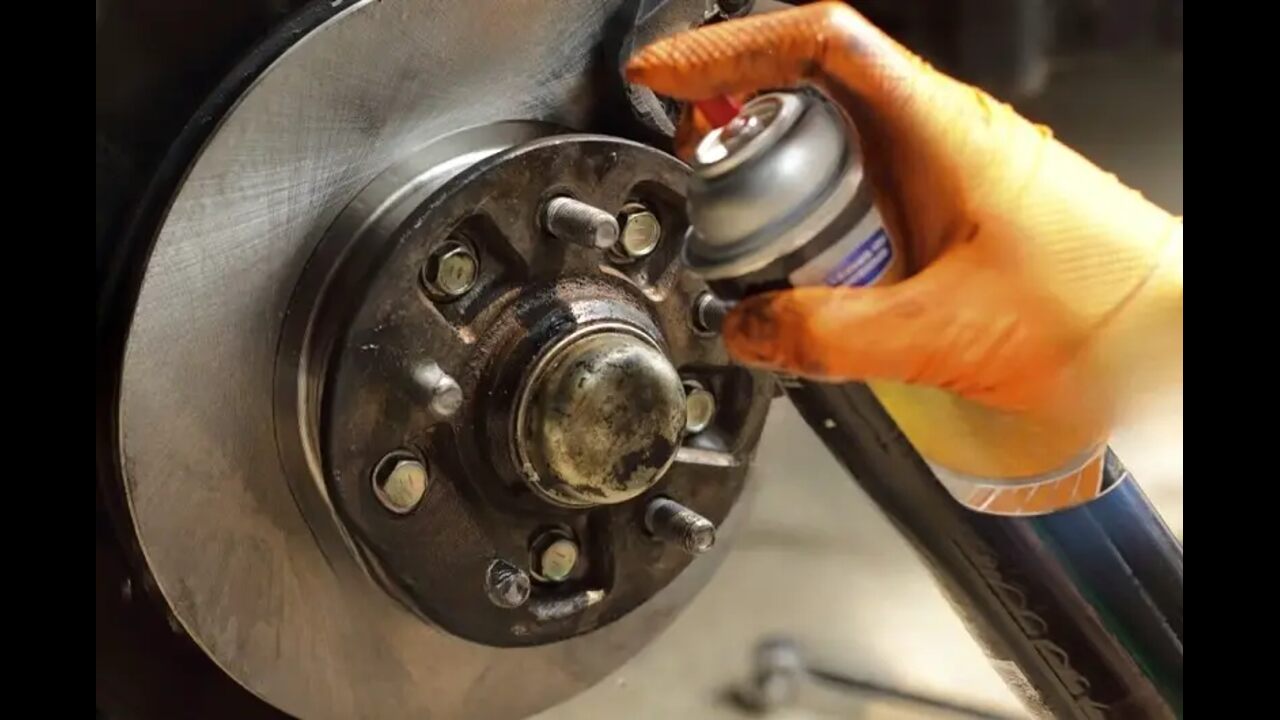
The main purpose of brake cleaner is to remove oil, grease, brake dust, and other contaminants from brake components, including rotors. Cleaning the rotors with brake cleaner can remove built-up brake dust and grime, improving the overall braking performance.
Brake cleaners can also help prevent rust and corrosion on the rotor surface, extending lifespan. It is important to note that brake cleaners should not be handy as a lubricant or as a substitute for proper brake maintenance and servicing. Regularly cleaning your brake rotors with brake cleaner can help maintain their performance and prolong their life.
How Often Should You Clean Your Brake Rotors?
The frequency of cleaning brake rotors depends on various factors like driving conditions and personal preference. It is generally recommended to clean them at least once a year or every 12,000 to 15,000 miles.
However, if you notice excessive brake dust, reduced braking performance, or unusual noises, clean them more frequently. Regular inspections ensure optimal braking. Consult your vehicle’s manual for specific recommendations.
Potential Risks And Concerns Of Spraying Brake Cleaner On Rotors
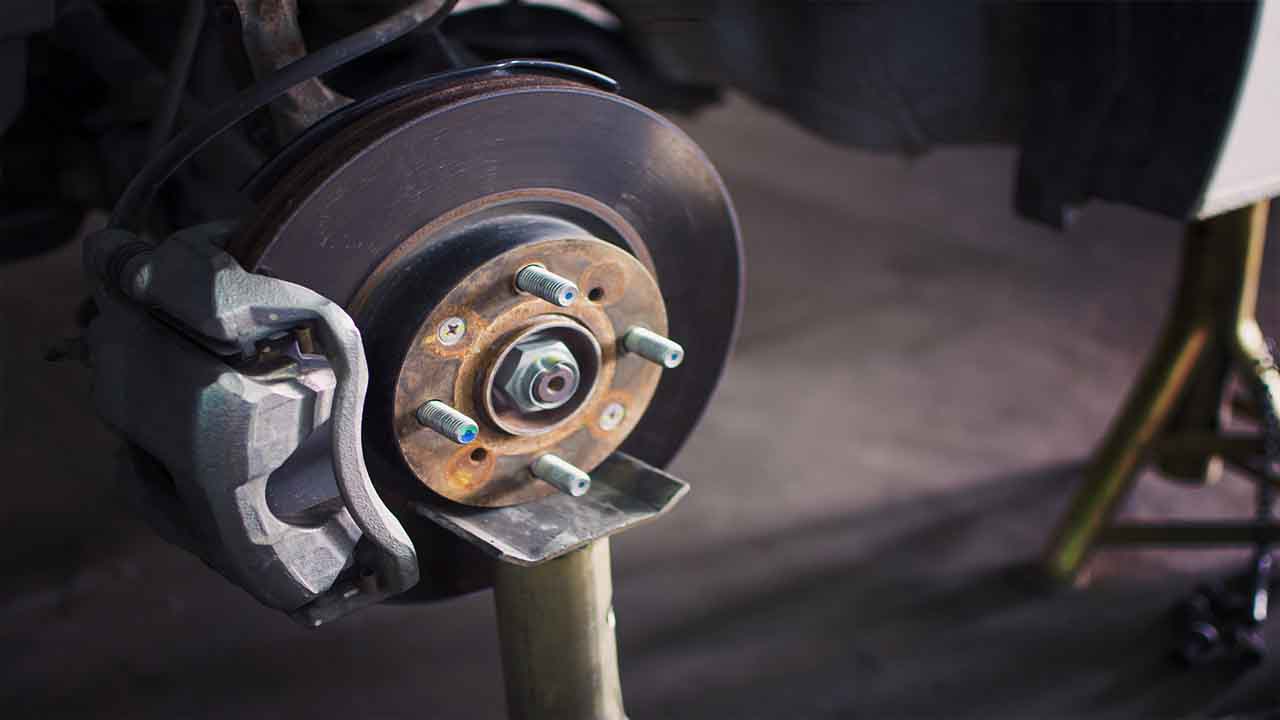
Spraying brake cleaner on rotors can be risky and may cause damage to the braking system. Brake cleaners are typically designed for cleaning brake parts, such as calipers and pads, rather than directly spraying onto the rotors. There are a few potential concerns with spraying brake cleaner on rotors:
- Chemical Damage: Brake cleaners contain strong solvents that can remove grease, oil, and other contaminants from brake parts. However, if sprayed directly onto the rotors, these solvents can potentially damage the rotor surface or even compromise the rotor’s structural integrity.
- Brake Performance: The residue left behind by the brake cleaner may affect the friction between the brake pads and rotors, leading to reduced or uneven braking performance.
- Safety Hazards: Brake cleaners are flammable and should not be used near open flames or sparks. Spraying brake cleaner onto hot rotors could ignite the cleaner and cause a fire hazard.
To clean your braking system effectively and safely, it is recommended to follow manufacturer guidelines and use appropriate cleaning products specifically designed for each braking system component. If you have any concerns or questions about maintaining your vehicle’s brakes, it is best to consult a professional mechanic for advice.
Proper Procedure For Cleaning And Maintaining Brake Rotors
To ensure the proper procedure for cleaning and maintaining brake rotors, remove the wheel and secure the vehicle properly. Next, spray brake cleaner directly on the rotor surface, focusing on areas with visible brake dust and contaminants. Allow the brake cleaner to penetrate and dissolve the dirt and grime for a few minutes.
Then, use a clean rag or lint-free cloth to remove the loosened debris from the rotor surface. Repeat the process if necessary, ensuring the rotor surface is clean and free from residue before reassembling the brake components. By following these steps, you can maintain the performance and longevity of your brake rotors.
Alternative Methods For Cleaning Brake Rotors
Apart from using brake cleaner, there are different ways you can clean brake rotors. One method involves using a wire brush to scrub away brake dust and grime from the rotor surface. Another option is to soak the rotors in vinegar, which helps dissolve built-up contaminants.
It’s important to note that these alternative methods may require more time and effort than brake cleaner. Regardless of your chosen method, thoroughly clean the rotor surface and remove any residue before reassembling the brake components. Remember, maintaining clean brake rotors is crucial for properly functioning your braking system.
Tips For Maintaining And Prolonging The Life Of Your Brake Rotors
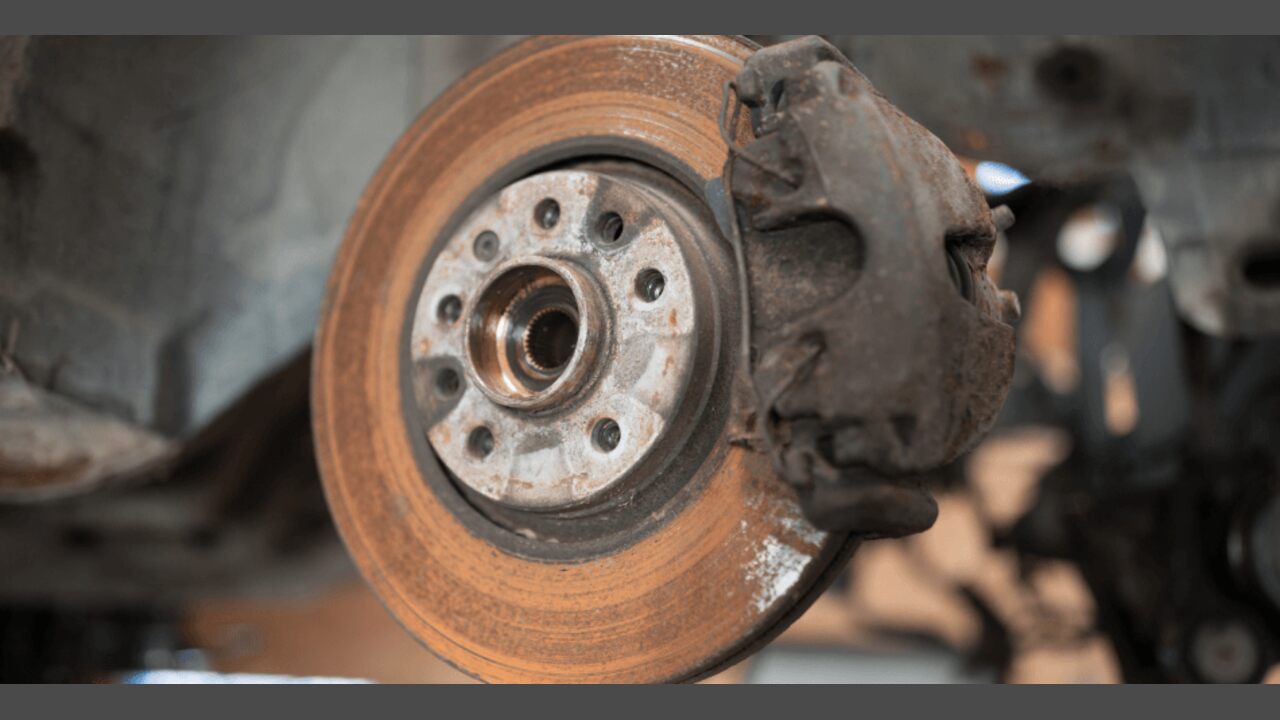
Brake cleaner spray is important for maintaining your vehicle’s brake system. It has specific designs to remove brake dust, dirt, and other contaminants from the brake rotors, which can affect the performance of your brakes. Here are some tips to keep in mind when using brake cleaner on rotors:
- Use A High-Quality Brake Cleaner: Look for a brake cleaner specifically designed for use on automotive parts. Avoid using general-purpose cleaners or solvents, as they may not be safe for use on brake components.
- Follow The Manufacturer’s Instructions: Different brake cleaners may have different application methods and drying times. Be sure to read and follow the instructions provided by the manufacturer to ensure proper usage.
- Apply The Brake Cleaner Sparingly: Spray a small amount onto a clean cloth or shop towel rather than directly onto the rotor surface. This will help prevent excessive overspray and minimize the risk of getting solvent on other braking system parts.
- Wipe Away Debris: Gently wipe the rotor surface with a cloth or towel soaked in brake cleaner, focusing on areas with visible dirt, grime, or brake dust buildup. This will help remove contaminants that can affect braking performance.
- Allow Proper Drying Time: After applying brake cleaner, allow the rotor surface to air dry completely before reinstalling the wheels or applying any lubricants or protective coatings. This will help ensure that all traces of solvent have evaporated before use.
Following these tips, you can use brake cleaner on rotors to keep them clean and maintain optimal braking performance. However, if you are unsure about performing maintenance tasks on your vehicle’s braking system, it is always recommended to consult a professional mechanic for assistance.
When To Seek Professional Help For Brake Rotor Maintenance And Cleaning
If you are uncertain about the proper procedures or safety precautions for cleaning brake rotors, it is advisable to seek professional help. Professional technicians have the knowledge and experience to effectively clean and maintain brake rotors. Additionally, if you notice any signs of reduced braking performance, unusual noises, or other issues with your braking system, it is recommended to have a professional inspection and service.
Seeking professional assistance may also be necessary if you encounter difficulties or complications during cleaning. Remember, proper brake maintenance is vital for your safety on the road, so it’s always better to seek professional help when in doubt.
Signs That Indicate It’s Time To Clean Or Replace Your Brake Rotors
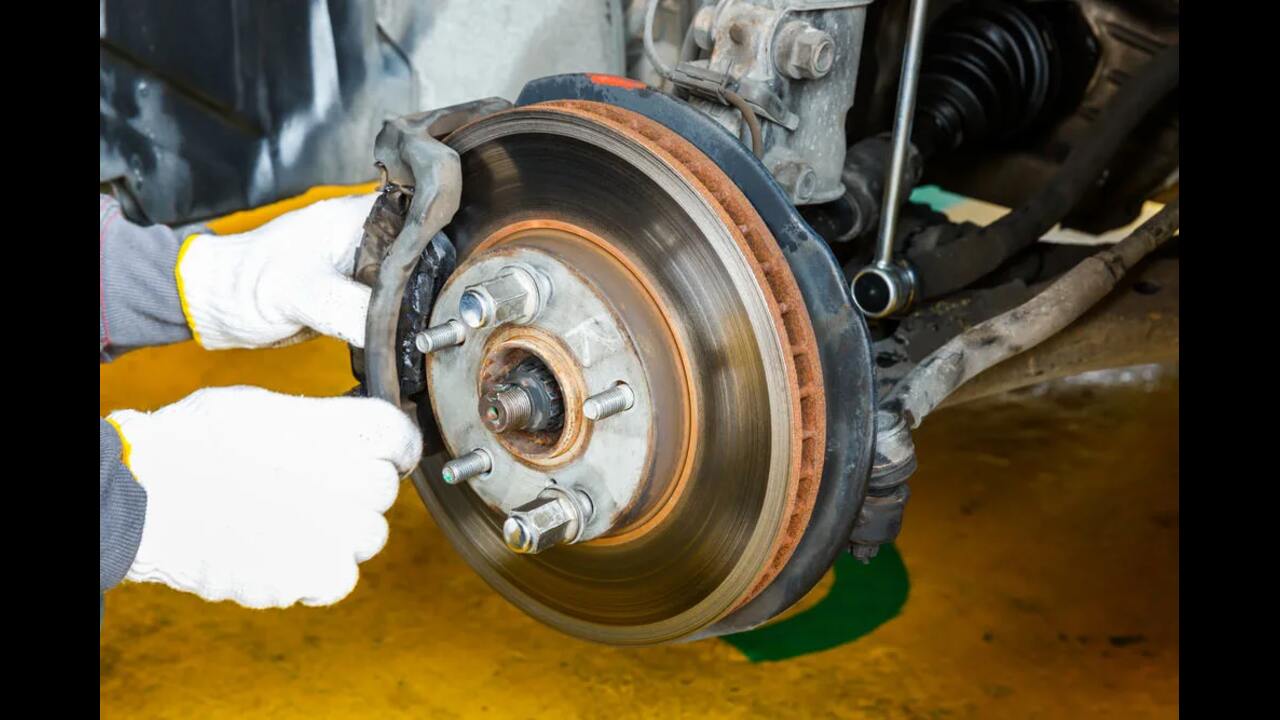
If you start hearing squeaking or grinding noises when braking, it could be a sign that your brake rotors are due for cleaning or replacement. Another indication is if you feel vibrations or pulsations in the brake pedal while braking. Uneven wear on the brake pads or rotors is also a red flag.
Additionally, it’s time to take action if you notice that your rotors are warped or damaged. Foul odors emanating from the brakes during use and rust or corrosion on the rotors are further signs that cleaning or replacement may be necessary.
Regular inspection and maintenance can help you identify and address these issues before they worsen. Proper care of your brake rotors is essential for maintaining optimal braking performance and ensuring your safety on the road.
Conclusion
It is crucial to follow the recommended cleaning and maintenance practices to ensure the longevity and optimal performance of your brake rotors. While brake cleaner can effectively remove dirt, debris, and brake dust from your rotors, spraying it directly on the rotors is not recommended.
This can potentially cause damage to the braking system and compromise your safety on the road. Instead, focus on proper cleaning techniques and regular inspections to identify signs of wear or damage. Suppose you are unsure about the cleaning process or notice any issues with your brake rotors.
In that case, it is always best to seek professional help for a thorough evaluation and necessary repairs. We have provided bulk information on whether can you spray brake cleaner on rotors and hope our information was helpful from your perspective.
Frequently Asked Questions
1.Is It Okay To Spray Brake Cleaner On Rotors?
Ans: Yes, it is safe to use brake cleaner on rotors. Brake cleaner effectively removes contaminants and debris from the rotor surface. Just be careful not to spray it on other braking system parts. Always follow the instructions and use it in a well-ventilated area.
2.What Can I Spray On My Brake Rotors?
Ans: Spraying substances directly on brake rotors is not recommended. However, you can use a lint-free cloth and brake-specific cleaning solution to clean them. If unsure, consult a professional mechanic for proper maintenance.
3.Are You Supposed To Clean Brake Rotors?
Ans: It is important to clean brake rotors before installing new brake pads. Accumulated dust and debris can affect braking performance. Use a brake cleaner or rubbing alcohol to clean the rotor surface, following manufacturer instructions and safety precautions.
4.What’s The Best Way To Clean Brake Rotors?
Ans: To clean brake rotors effectively, use a specialized brake cleaner spray. Ensure the wheels are cool before starting. Avoid using water or soap, as they can cause rust and corrosion. After cleaning, wipe down the rotors with a clean rag.
5.What Is The Purpose Of Using Brake Cleaner On Rotors?
Ans: Using brake cleaner on rotors eliminates dust, dirt, and debris from the surface. This practice enhances braking performance and extends the lifespan of the brake system. Brake cleaners should be handy before installing new brake pads or troubleshooting issues. Choosing a high-quality brake cleaner that leaves no residue or damage on the rotor surface is essential.
Meet Allen Yu, the Spray Guru behind Spray Guider. With a passion for transforming rides into rolling works of art, Allen Yu specializes in Bike and Car Sprays. Unleash your vehicle’s potential with expert tips and creative inspiration. Elevate your ride with Allen Yu—because every spray tells a story!
